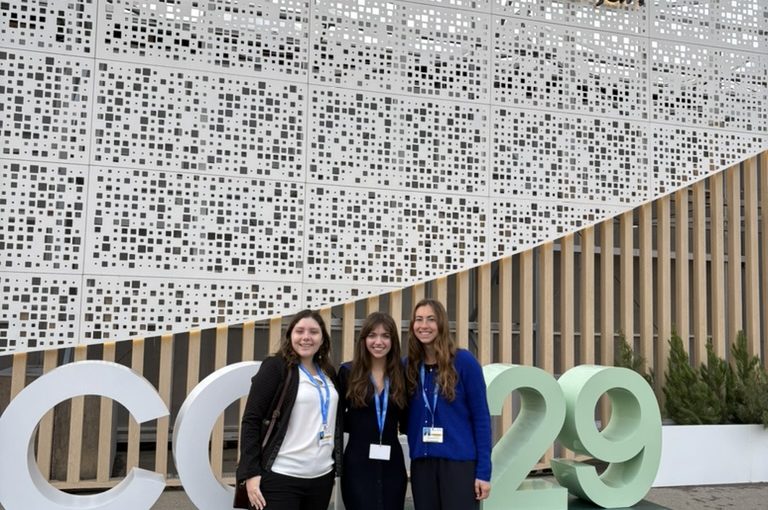At COP29, my primary focus was on the negotiations surrounding the New Collective Quantifiable Goal (NCQG). Given its emphasis on financial commitments, this conference was aptly dubbed the “finance COP.” The NCQG represents the post-2025 climate finance target, replacing the previous $100 billion goal set in 2015 as part of the Paris Agreement. (“Climate finance refers to local, national or transnational financing—drawn from public, private and alternative sources of financing—that seeks to support mitigation and adaptation actions that will address climate change.”)
The objective of this new framework was to enhance quantifiable financial contributions, promote collective efforts, and establish a long-term structure to mobilize greater financial flows for developing nations. This will ultimately determine the capacity of developing nations to meet their mitigation and adaptation needs and ultimately the world’s ability to achieve the goals set forth in the Paris Agreement. In what follows I will outline some of the key debates surrounding the NCQG and what their outcome was.
Key Conflicts and Negotiation Outcomes
Several contentious issues emerged in the leadup to COP29 and were the focus of NCQG discussions, with negotiators working through fundamental questions regarding the quantum, structure, contributor base, finance sources, thematic scope, and transparency.
1. Quantum and Time Frame:
Arguably the headline of the entire conference, one of the most significant debates revolved around the size and duration of the new target. Before the conference, the standing goal was $100 billion, but many developing nations pushed for an ambitious increase to $1.3 trillion. The final agreement settled on $300 billion per year by 2035.
2. Structure of Finance:
Negotiators debated whether the NCQG should be structured as a simple provision and mobilization goal or take a more multi-layered approach, incorporating an investment component. The latter structure prevailed, ensuring a more dynamic financial strategy.
3. Contributor Base and Finance Sources:
A major point of contention was who should be responsible for contributing to the fund. Should only developed countries contribute, or should new criteria expand the contributor base? The final agreement maintained that developed countries must continue to lead, while developing nations may contribute voluntarily. The sources of finance were also expanded to include public and private, bilateral, and multilateral funding.
4. Finance Recipients:
All developing countries were confirmed as recipients, reaffirming the global commitment to supporting climate-vulnerable nations.
5. Thematic Scope:
Negotiators discussed whether the NCQG should explicitly include adaptation, mitigation, and loss and damage. While loss and damage were not directly mentioned in the final text, the fund established for loss and damage response remains part of the financial mechanism.
6. Transparency Arrangements:
A common definition of climate finance remained elusive, with parties unable to agree on an exclusion list. This lack of definition leaves room for interpretation which raises concerns about accountability and tracking progress.
Following the NCQG negotiations at COP29 was an eye-opening experience. The discussions highlighted the complex interplay between ambition and feasibility, the struggle for equity in climate finance, and the persistent gaps in transparency. While the final agreement represents progress, it is still far below what is needed and its success will ultimately depend on implementation and accountability in the coming years.
